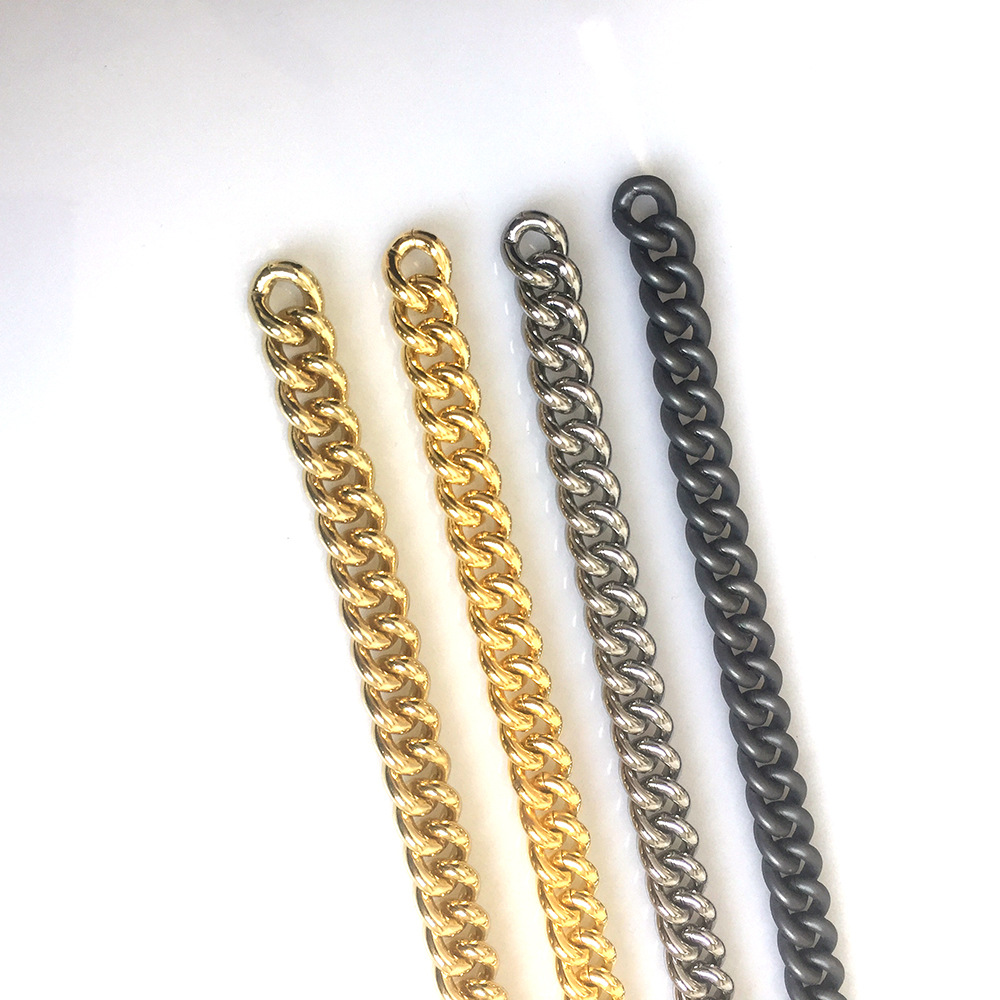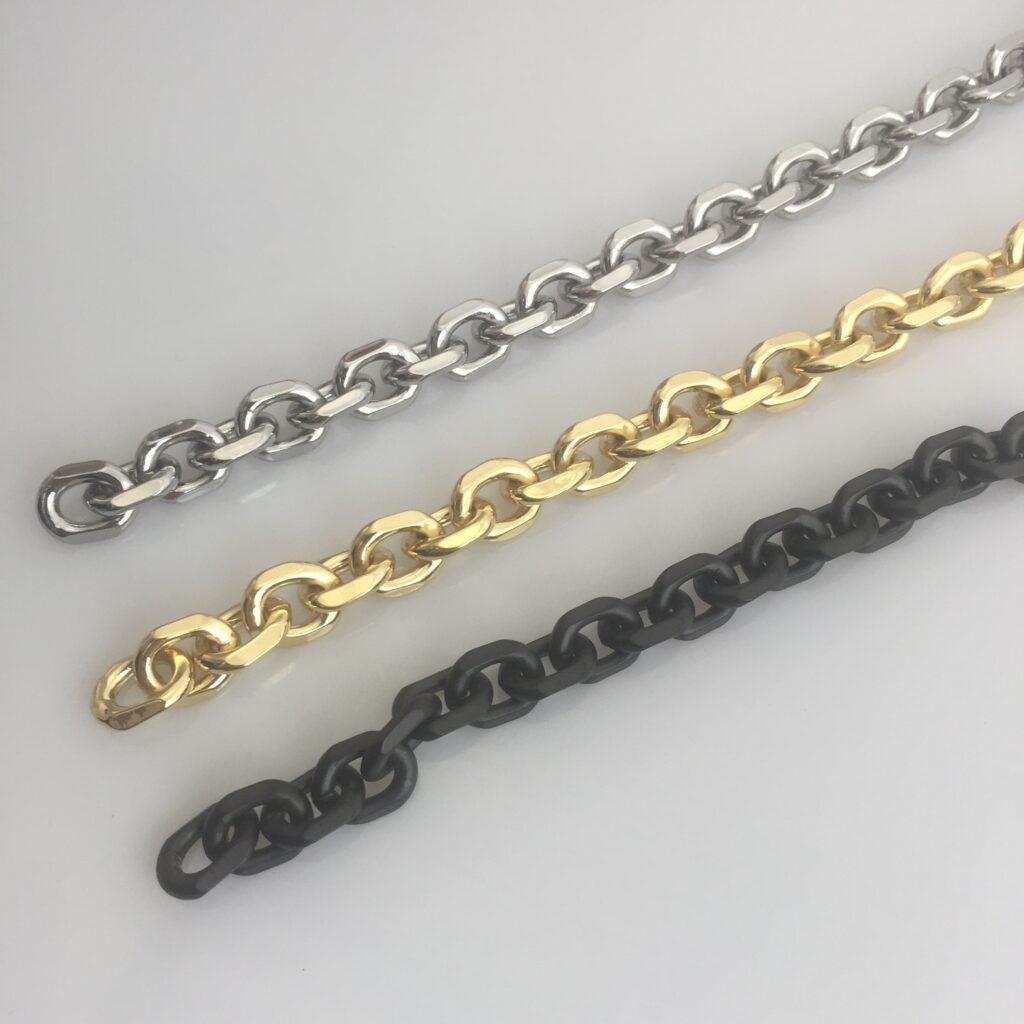In bag design, hardware elements such as metal chains and oversized rings play a key role in defining the beauty and functionality of a bag. These details not only enhance the visual appeal of a bag, but also reflect the broader design concept behind it – whether it is minimalism or complexity. The interaction between these elements and the overall style of the bag reflects the careful consideration that designers put into creating accessories that are both practical and fashionable.
In minimalist design, the treatment of hardware accessories is low-key but still ingenious. Bags that adhere to minimalism often use sleek and smooth metal chains that are slim and unobtrusive, which are both practical and unobtrusive. These chains are often used as shoulder straps or decorative embellishments, which are integrated into the overall silhouette of the bag. The rings on minimalist bags are small and simple, and are often used as a clever connection between shoulder straps or bag buckles. The focus here is on clean lines and minimal decoration, which makes the bag exude elegance in restraint. Minimalist hardware is not meant to be showy, but rather complements the shape of the bag with understated sophistication.
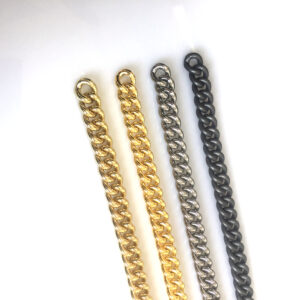
Complex designs go for boldness and sophistication, using hardware as a key element to create a stunning visual impact. More sophisticated bags are often paired with thick, heavy metal chains to add texture and weight to the design. These chains can be used as eye-catching straps or decorative elements, instantly elevating the bag’s appeal. Oversized rings are another hallmark of complex styles and are often used as eye-catching accents. Depending on the design, these rings can be ornate or geometric, and are often paired with other hardware to complete the overall look. The bag will take on a luxurious texture and attract attention, and the hardware will no longer be just an inconspicuous detail, but become the focus of the bag.
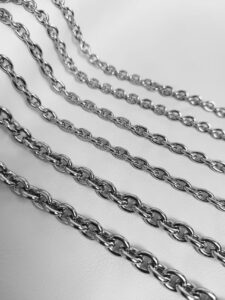
The choice between minimalist and complex hardware ultimately depends on the purpose and aesthetic of the bag. Minimalist designs are ideal for everyday use, and their timeless appeal can be easily matched with various outfits. Understated hardware ensures that a bag is versatile yet unobtrusive, making it a practical choice for those who seek minimalist style. Complex designs are usually reserved for special occasions or those who want to make a stylish statement. The eye-catching hardware in these bags adds a touch of sophistication and elegance, making them stand out from the crowd.
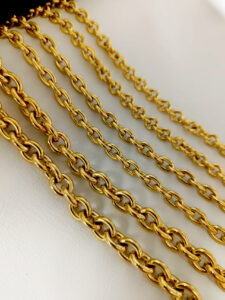
The functionality of hardware also varies between minimalist and complex styles. Minimalist bags focus on ease of use, with sleek, lightweight chains and clasps that make them easy to carry. Complex bags, on the other hand, are also functional, but often sacrifice some of that for the sake of style. Thicker chains and larger clasps add weight and bulk to a bag, but they also help to increase the durability and structural integrity of the bag. This trade-off highlights the balance that designers must strike when incorporating hardware into their pieces.
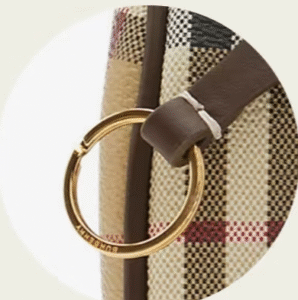
The fusion of minimalism and complexity has given rise to hybrid designs that combine the essence of both. A bag might feature a minimal silhouette with an oversized ring, or a delicate chain strap with a striking buckle. These designs cater to consumers who appreciate simplicity while also paying attention to detail, offering a balance that is neither too obtrusive nor too exaggerated.

The choice between minimalism and elaborate hardware comes down to personal preference and the visual impact of the bag. Whether subtle or bold, metal chains and oversized rings are not only functional elements, but also part of the bag’s identity, reflecting the values and style of the wearer. As fashion continues to evolve, the interplay between these elements will continue to be a key factor in shaping the aesthetic of accessories, providing endless possibilities for creativity and self-expression.
